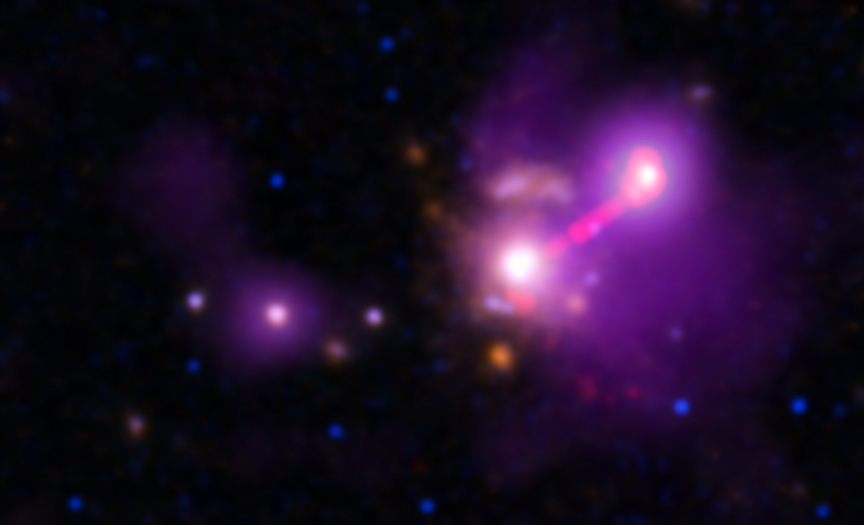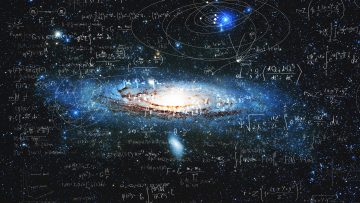The James Webb Space Telescope is once again close to turning everything we know about our universe on its head. According to new research, scientists using Webb have discovered carbon dust in early galaxies, which could completely change how we look at galactic evolution and how the early stars of our cosmos evolved and grew.
The discovery was spotted in ten different galaxies believed to have existed as early as 1 billion years after the Big Bang. This is significant because it shows that theories about the chemical evolution of our universe could be completely wrong, and that heavier elements could have appeared much earlier in our universe than we expected.
The reason the carbon dust was so intriguing is because it takes much longer for these kinds of elements to appear in a galaxy, which is why it was always believed that they wouldn’t be present in galaxies, something that has long been held up in the theory of how galactic evolution has changed since the earliest days of the cosmos.

But if carbon dust is present in early galaxies like the ones Webb recently observed, then it creates more questions. Either the universe is older than we thought, or these elements don’t take as long to disperse as we previously believed. The notion that the universe is much older than previously believed has actually become a hot topic as of late, with some scientists believing that it could be twice as old as we currently theorize.
Of course, proving such a thing is not as easy as proving that the sky is blue or that the sun is hot. Instead, it means relying on data gathered from galaxies and cosmic objects millions and even billions of light-years away. Studying space is a bit of an imprecise science in that aspect.
But being able to see these properties in early galaxies is exciting and could at least help us narrow down the possibilities a bit more.







